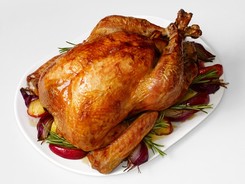 Thanksgiving is a holiday when practicing food safety is very important. Pulling off a big meal for a crowd is quite an accomplishment and certainly takes some planning and teamwork. Here are some tips to ensure you and your guests have a safe and enjoyable meal. When it comes to cooking turkey, your meat thermometer should be your best friend. With your oven set at 325 °F, your cooking time may range from 2 ¾ to 5 hours, depending on the size of your turkey. What is important is that your turkey reaches a minimum internal temperature of 165 °F throughout. Since turkey is a type of poultry, it is important that it is thoroughly cooked to reduce the risk of Salmonella poisoning. Even if you have an automatic button thermometer that pops to indicate "doneness" in one spot, still check your turkey’s temperature in various places. Good places to check the temperature of your turkey are areas where heat may need to penetrate the most: the innermost thigh/wing and the thickest part of the breast. Once your turkey is done and removed from the oven, let it sit for about 20 minutes before carving. This next part is very important! If you are a fan of stuffing, make sure it is thoroughly cooked:
An interesting tidbit that I just recently learned is that fully cooked pink turkey meat is safe to eat. If you properly cook your turkey to at least 165 °F but your turkey meat appears a little pink after you carve it, no need to worry. This pink color may be due to gases from the air that react with your turkey meat in the oven. It could also be due to the natural presence of nitrites that may have been in the turkey’s food or water supply or the age of the turkey (younger birds generally have thinner skin, which allows the oven gases to reach the meat more easily). If you are ever in doubt about the safeness of your turkey, you can also call the USDA Meat & Poultry Hotline: 1-888-MPHotline (1-888-674-6854) – available on Thanksgiving Day from 8am–2pm Eastern time. Your enjoyment of turkey doesn’t need to end after the holiday is over. Use your leftovers!
For more resources, visit the University of Nebraska-Lincoln Extension. Wishing you lots to be thankful for this holiday! ~ Holly, RDN
0 Comments
Leave a Reply. |
SD BlogA place for our consultant Registered Dietitian Nutritionists (RDNs) to share nutrition science, yummy and healthy recipes, tips on seasonal ingredients, and other nutritional musings. Enjoy! Categories
All
Archives
May 2024
|

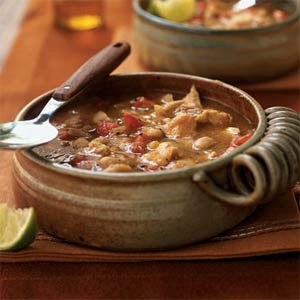
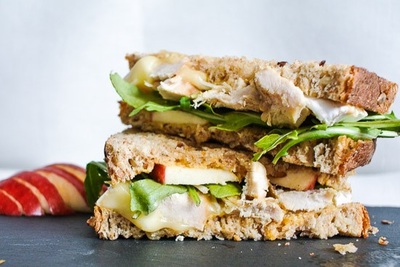
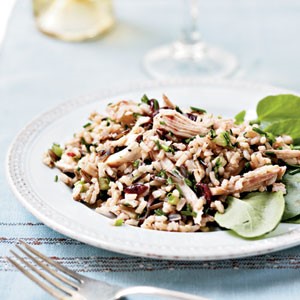
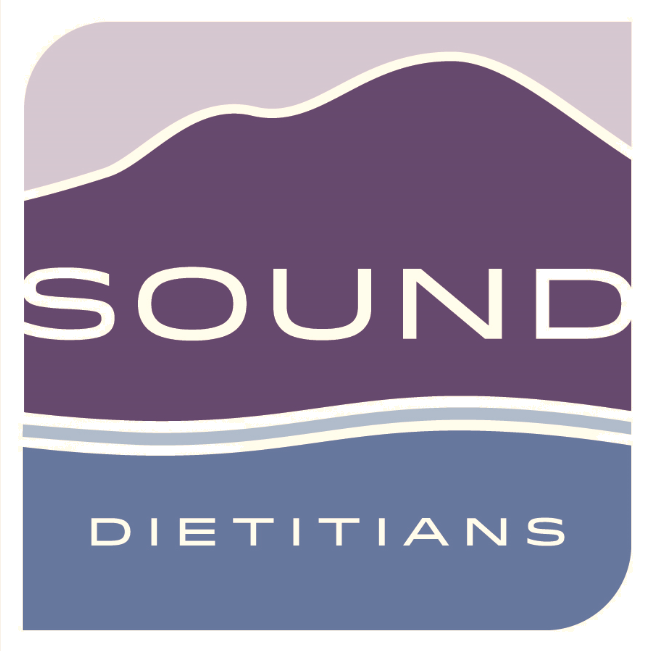
 RSS Feed
RSS Feed